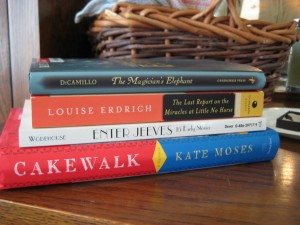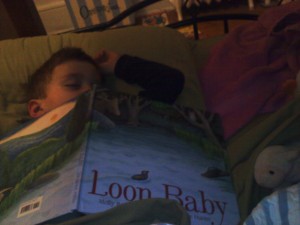Myriad Movies
Monday, April 11th, 2011I’ve been on something of a movie bender lately, mostly thanks to a compelling series of “soundtrack” films by local cinephiles Take Up Productions.
The Man Who Knew Too Much (1956) is Hitchcock’s remake of his own earlier 1934 black-and-white, British film. Bernard Hermann’s score is almost a character in itself, and the climax of the movie takes place at a concert with the orchestra directed by Hermann himself. This has a pretty blond Doris Day as a retired international singing star visiting Marrakesh with her husband, the much older Jimmy Stewart, a doctor from Indianapolis. Strange things happen when the visit the market, in a scene I think much be the referent for the market chase in Raiders of the Lost Ark. Great with building tension, it has many hilarious lines, including the final one, along with a creepy subtext of marital dissatisfaction and discord. I’ll be seeking out the original to compare/contrast.
North by Northwest (1959) Another collaboration between Hitchcock and Hermann, with mod visual credits and music to open it. Cary Grant is his usual awesome blend of gentleman clown, while Eva Marie Saint is Hitchcock’s icy blond who he puts through the wringer. Grant’s suit also takes a beating, and the jacket disappears for the scenes on Mt. Rushmore.
Charade (1963) directed by Stanley Donen (who also did Singin’ in the Rain) and scored by Henry Mancini, this has cool opening credits and music. Grant again is the December man to Hepburn’s May cutie. The age difference bothered him so much Grant insisted her character be the one to pursue his. Funny, charming, and labyrinthine in its plot, this was a heckuva lot of fun.
Fahrenheit 451 (1966) by Francois Truffaut, in his first color and his one and only English language film. Nothing funny about this one, but beautiful visuals, including Julie Christie interestingly cast in the dual role of girl/wife, which apparently caused Terence Stamp to drop out as the lead, as he was afraid to be overshadowed by his former lover. Truffaut’s future didn’t look very futuristic from this late date except for one element: the large television screen for viewing an ongoing “reality” show that invites the viewers to feel the actors are their family. This part chilled me in the book, but perhaps even more in the film, seeing a thoroughly of-the-moment size flat screen.




